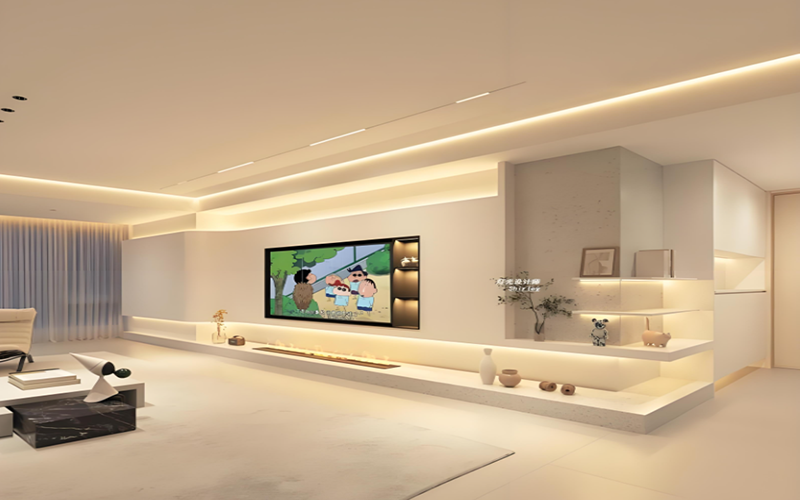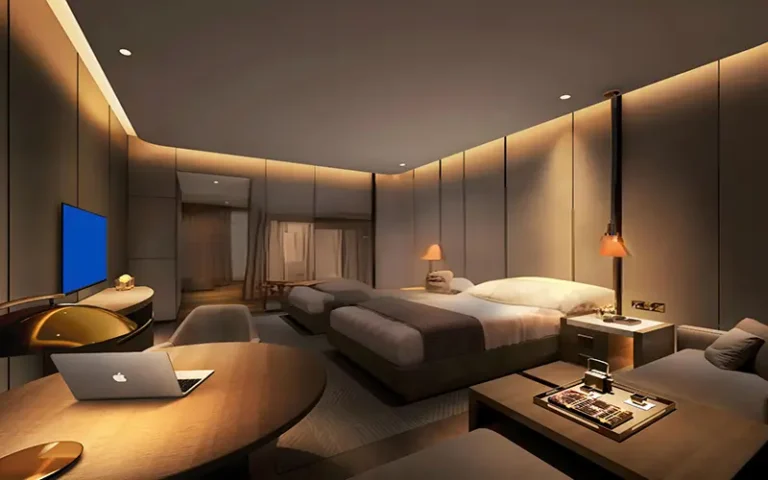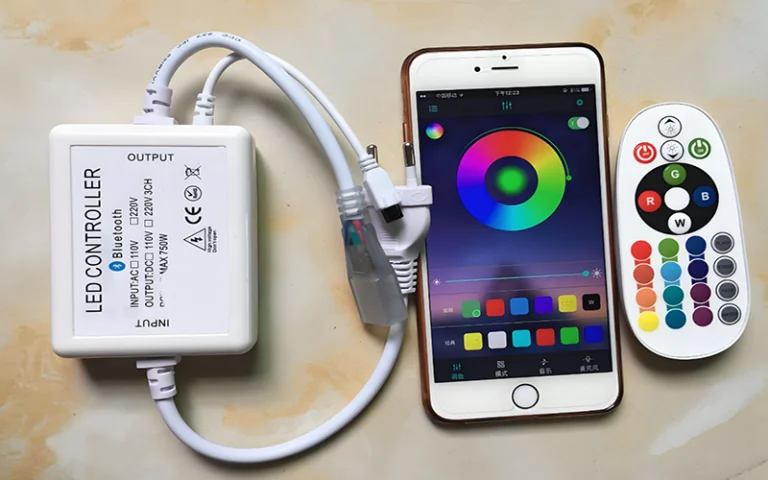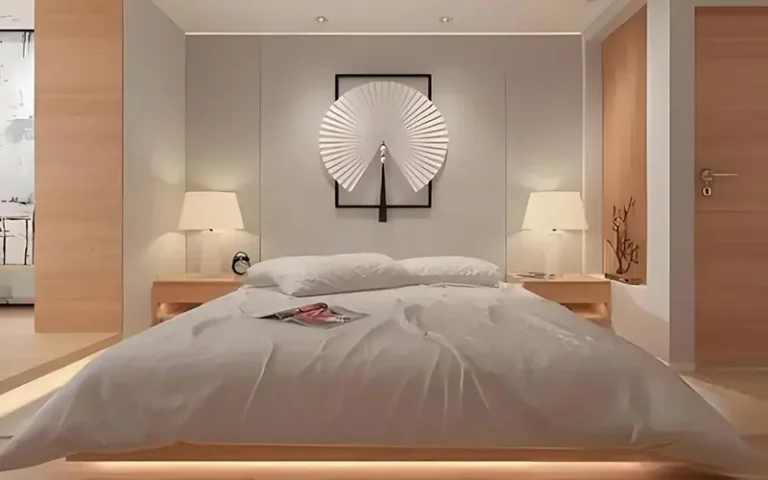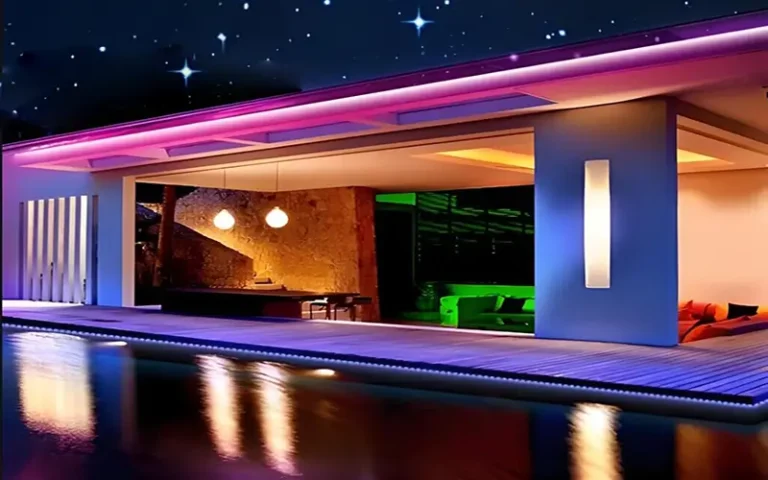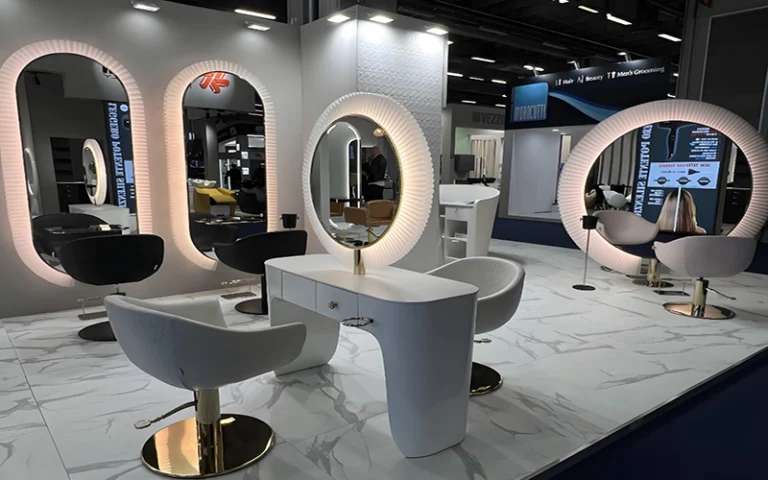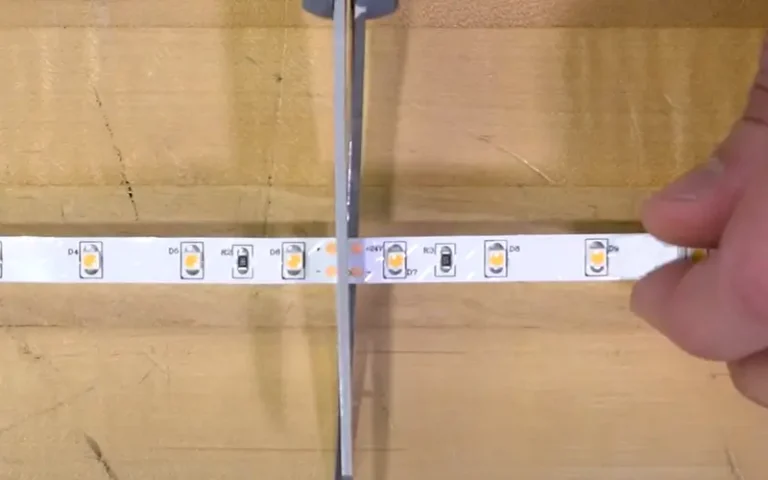How Is Lighting Design Used in Homes?
Lighting design is a fundamental element of homes design. It affects everything from functionality to ambience to energy efficiency. Well-designed lighting not only improves the aesthetics of your home, but can also impact mood and well-being.
In today’s modern homes, lighting design is no longer just about illuminating a space, but a design feature that helps make every room look its best. We need to take lighting design in our homes seriously.
Why is Lighting Design So Important in Homes?
Lighting is an important aspect of homes design because it affects the look, feel, and functionality of a space. One of the main functions of lighting is to illuminate each space. At the same time, it can also transform an ordinary room into a warm, stylish, or efficient environment. For lighting design, pls read 10 Reasons to Use Lighting Design
Proper lighting can make a small space look larger, add warmth to a cold area, or focus on a key design feature.
In addition, lighting has a direct impact on the mood of the user. Bright lights may create a sense of energy, while soft, dim lights are more relaxing. In interior design, lighting also plays a guiding role, leading the eye to focal points and helping to shape the experience of a room. Pls read Does Lighting Design Affect Energy Consumption?
What is the Role of Lighting in Homes?
There is more than one type of lighting in the homes design, and many LED lights are needed together: if LED strip lights, table lamps, LED panel lights, etc. All lighting systems need to achieve a balanced lighting scheme:
Ambient Lighting
Ambient lighting provides general illumination for a room. It creates a base light level and sets the overall mood. Common sources of ambient lighting include ceiling fixtures, recessed lights, and floor lamps.
Task Lighting
Task lighting focuses light on specific areas where tasks are performed. There are many places in our homes where task lighting is needed: activities such as reading, cooking, or working at a desk are essential. Table lamps, desk lamps, and under-cabinet lights are examples of task lighting.
Accent Lighting
Accent lighting highlights a specific feature or object in a room. It can be used to draw attention to artwork, sculpture, or architectural details. Track lights, spotlights, and wall sconces are often used for accent lighting.
Choose the Right Lighting Design for Every Room in Homes
Each room has a different function, so we need to design different lighting.
Living Room
As a central space for gathering, relaxing, and entertaining, the living room benefits from a blend of ambient and accent lighting. Overhead fixtures like ceiling lights or chandeliers provide general illumination.
Floor lamps or wall sconces over the sofa provide soft light, enhancing comfort and inviting conversation. Alternatively, LED light strips can be installed on the ceiling as mood lighting, which can add depth and draw attention to unique design elements, making the living room feel warm and versatile.
Kitchen
Kitchens need a mix of bright, functional lighting to ensure safety and ease during food prep and cooking. Overhead recessed lights or recessed fixtures provide general brightness, while under-cabinet LED light strips help illuminate countertops, reduce shadows and make tasks like chopping vegetables or reading recipes easier.
Adding pendant lights over islands or breakfast bars can also create visual interest and provide focused light, making these areas suitable for dining, working or socializing.
Bedroom
The bedroom is a personal space where relaxation and comfort are essential. Soft, layered lighting, including bedside LED light strips, sconces, or wall-mounted fixtures, creates a soothing environment perfect for relaxing. More lighting bedroom, pls check 12 Tips for Bedroom Lighting Design
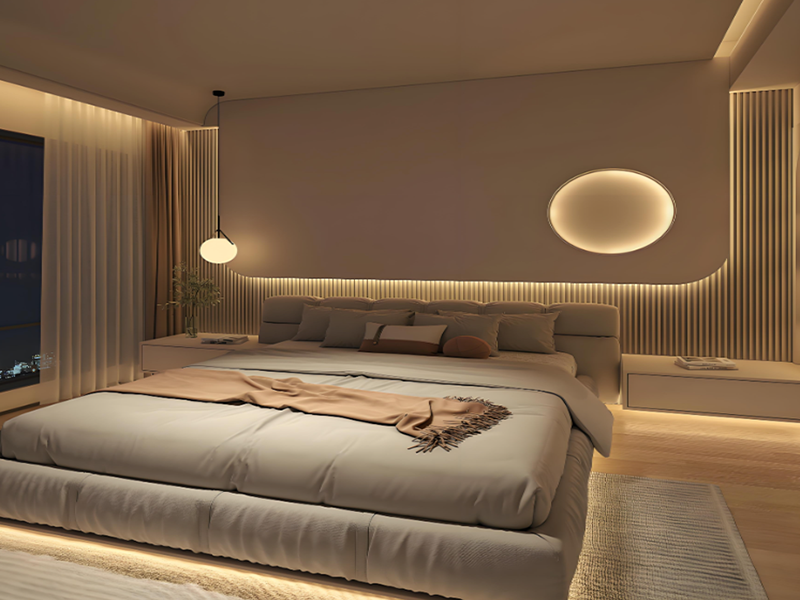
Dimmable overhead lighting offers flexibility, allowing you to adjust the brightness for a variety of activities, such as reading, dressing, or resting. Incorporating warm-colored lighting can help create a calming atmosphere, promote better sleep, and enhance the comfort of the room. When you choose the color temperature of bedroom, pls check How to Choose the Best LED Lights for a Bedroom?
Bathroom
Bathrooms require lighting to support tasks like dressing, applying makeup, and shaving, so bright, even lighting around the mirror is essential.
LED strip lights placed on either side of or above the mirror can help reduce shadows and ensure clear visibility. Adding softer, indirect lighting can create a spa-like feel, perfect for relaxing in a hot shower or bath.
There are also benefits to choosing fixtures with high color accuracy, as it ensures skin tones and makeup colors appear true to life.
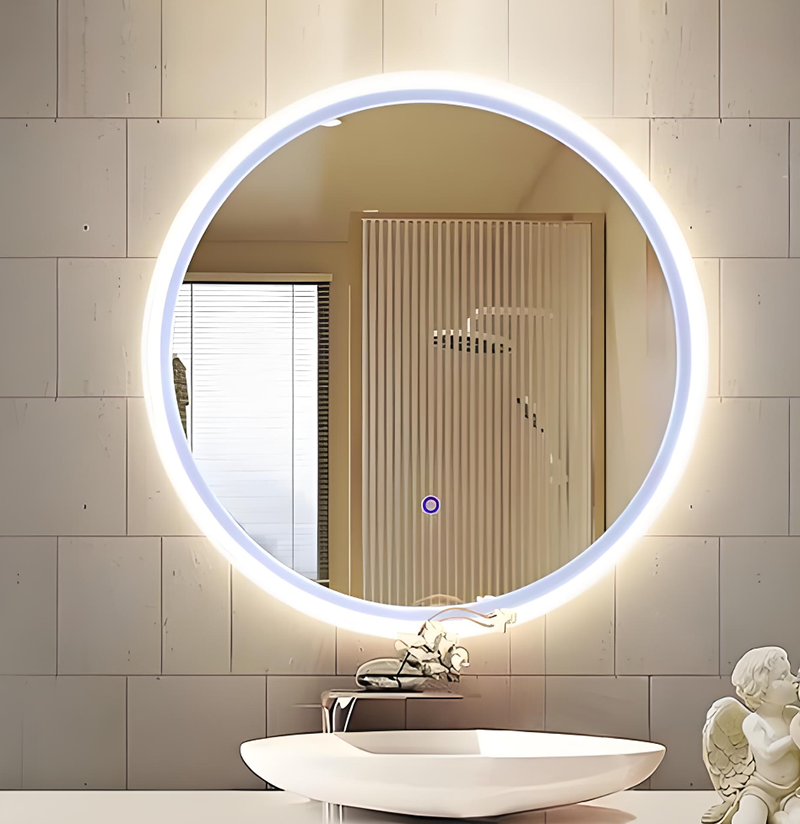
Home Office
With many people working or studying from home, a well-lit home office is essential. Proper task lighting, such as an adjustable desk lamp, reduces eye strain and promotes focus, making it easier to stay productive.
Overhead lighting provides general illumination, while focused lighting on your desk or work area ensures you can clearly see documents and screens without glare. Dimmable or adjustable lights give you the option to set the ideal brightness level at any time of day, creating a comfortable and productive workspace.
What Are the Main Considerations for Homes Lighting Design?
When lighting your homes design, it’s important to consider factors that contribute to both functionality and aesthetics. Here are the main factors to consider for a balanced and effective lighting design. But there are some major factors you need to consider.
Room Size
The size of a room heavily influences the type and amount of lighting needed. As we know, slightly larger rooms require more lighting fixtures or more powerful light sources to ensure the space is well-lit.
In large spaces, a combination of ambient, task, and accent lighting can help evenly distribute light while creating zones within the room.
For smaller rooms, compact fixtures or strategically placed lighting can open up the space without overcrowding it, creating a comfortable and functional environment.
Style Preference
Different people have different ideas about lighting design for each room within their homes. However, lighting should be consistent with the overall design style of the room to maintain a unified look.
For example, modern and minimalist spaces may benefit from sleek recessed lighting or pendant lights with clean lines. Traditional or rustic interiors may work best with warm, decorative fixtures such as chandeliers or wall sconces.
Choosing a lighting style that complements the room’s decor not only enhances the room’s ambiance but also serves as a design element that reflects personal taste.
Natural Light Integration
This is a key point that everyone overlooks. We need to maximize the use of natural light as an important part of lighting design.
Daylight can reduce the need for artificial lighting during the day, creating a more vibrant and energy-efficient space. To enhance natural light, consider placing mirrors opposite windows to reflect sunlight or using light-filtering curtains to let natural light into the room while maintaining privacy.
For rooms with limited daylight, ambient lighting can simulate natural brightness and help keep the room cheerful and warm.
Furniture
The placement and color of furniture also play a role in lighting design. Dark furniture tends to absorb light, requiring more or brighter lights to avoid a dim look. On the other hand, light-colored furniture reflects light, helping to evenly distribute brightness throughout the room.
In addition, placing lighting fixtures near specific furniture pieces, such as reading lights next to chairs or task lighting above work areas, ensures that lighting is functional and purposeful, increasing the usability of each area.
Smart Lighting Systems for Modern Homes
Smart lighting systems have revolutionized the way we use lighting in our homes. Today’s young people love this type of control. You can control brightness, color, and schedules with voice commands.
This convenience allows homeowners to create lighting schedules, set scenes for different activities, and even adjust lights remotely. Smart bulbs and switches also often have energy tracking features to help users monitor and reduce energy use.
These systems are perfect for homes seeking flexibility, security, and energy efficiency, making it easier to adapt lighting to specific needs or preferences.
Conclusion
Lighting design is a cornerstone of modern homes interior design, combining practical and aesthetic value. Choosing the right type of lighting for each room and by understanding the principles and options of lighting design, homeowners can create pleasing spaces that enhance lifestyle and decor.
For home lighting design, you maybe need the LED strip lights. Supports customization of the color temperature and length of LED strip lights, and dimming.

